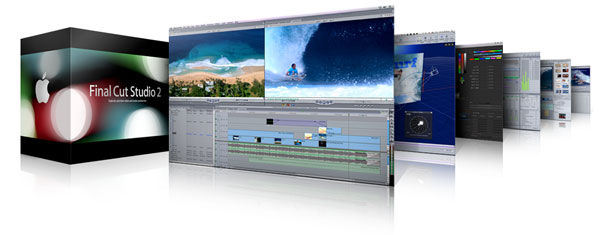Cine Transfer Process
The world of digital scanning technology is fast moving and we constantly review our cine systems and invest in the latest cutting edge innovations.

Our latest digital scanning cine equipment makes use of laser tracking technology. This not only provides phenomenal image stabilisation but also detects film shrinkage.
All film shrinks over time, meaning that the distance between the sprocket holes changes. On less advanced, cheaper systems, this can cause the cine film to jam, damage and rip into the cine film.
Another advantage of our current transfer system is that it is totally sprocketless. Film path transport is facilitated using soft rubber capstans which gently guide the cine film through the scanner.
Scanning resolutions are available in SD and HD way with output to DVD, and digital formats for home editing such as AVI and Quicktime
Our cutting edge digital cine scanners combined with advanced software and hardware control technology results in high quality cine transfers at our most affordable prices.
Laser Tracking
The scanner utilises dual blue point laser sensors to constantly track the cine film. This can calibrate and compensate for film shrinkage, pin holes, damaged or torn sprocket holes which would cause further damage by jamming in normal machines. It also means that the image is incredibly stable.
Capstan Driven
The data scanner is very kind to old cine film which may be in a very fragile state. Many systems have a pull down claw which pulls the film through using the sprocket holes.

Our scanner uses high precision servo controlled capstan rollers which gently guides the cine film through the system.
LED Light Source
A super bright, low temperature LED light source is used which produces no heat and zero hot spots.
It means that the film can be stopped and left in the gate without risk of blistering the film and causes irreparable damage.
Film Tension Sensors
Multiple Film Tension Sensors
The scanning unit boasts multiple, in built sensors which keep the film at constant tension ensuring smooth delivery at the scanning gate.
This ensures that the film is protected from damage and also protects the scanner by preventing damaged film from running through it.
Hardware & Software
The hardware on the cine scanning units allow us to control colour balance and set exposure to manual & automatic control.

Alternaware Cinecap Software is used to combine the individually scanned cine images at the correct frame rate to produce a seamless flicker free image.
Industry leading software such as Final Cut Pro is used for editing and further film restoration when required.
Negative Film Stock
The advanced software that comes with the unit has a preset for colour negative and powerful colour correction tools that make colour neg transfers easy.